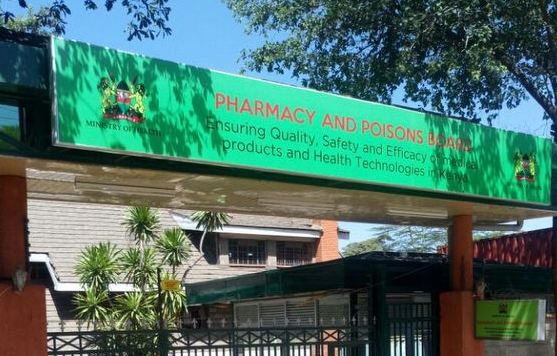
The National Syndemic Diseases Control Council (NSDCC) officer in charge of County Programs Dr Douglas Bosire observes that the introduction of comprehensive sex education will help reduce HIV transmission in adolescents.
According to Bosire, the country is at a point of demographic transition of HIV from the older population to the young generation.
“We are seeing a trend that is not encouraging. This trend threatens to erode the gains made by the emergence of a disproportionately large number of infections among adolescents and young persons,” he says.
A peek at the Ministry of Health’s data for 2023 shows that the country reported 22,154 new HIV infections, out of which 41 per cent occurred among young persons aged between 15 and 24 years.
In the same year, about 3,200 children aged between 10 and 19 years were infected with the virus.
“When these children get infected at an early age, yet they are supposed to be in school, grow to be productive Kenyans, we lose demographic dividends of the young population as a country,” says the official.
He adds, “We are worried when we look at the syndemic factors that drive up the cases, we find that there are indicators which show that young children are engaging in unprotected sex more than they were doing before.”
Bosire insists that equipping young people with knowledge of the transition that takes place in their bodies is necessary in a socially, religious and culturally accepted context.
- Alarm as youth quit condoms for tablets in HIV prevention
- Cancer cases, STIs, infertility in young adults linked to unsafe sex
- Why that negative HIV test result could actually be positive
- Understanding HIVAIDS testing and counseling standards in Kenya
Keep Reading
“Together with the Education ministry, we have committed to work together to ensure that we give age-appropriate human health and sex education to children who are in schools,” he says.
The official adds that to end new HIV infections, fighting the triple threat (sexual gender-based violence, unwanted pregnancies and HIV infections) is key.
In ending the triple threat, he says a society approach is important because it brings together the government, private sector, civil society, development partners and other key stakeholders in addressing new HIV infections among young people.
 The Standard Group Plc is a multi-media organization with investments in media platforms spanning newspaper print
operations, television, radio broadcasting, digital and online services. The Standard Group is recognized as a
leading multi-media house in Kenya with a key influence in matters of national and international interest.
The Standard Group Plc is a multi-media organization with investments in media platforms spanning newspaper print
operations, television, radio broadcasting, digital and online services. The Standard Group is recognized as a
leading multi-media house in Kenya with a key influence in matters of national and international interest.











